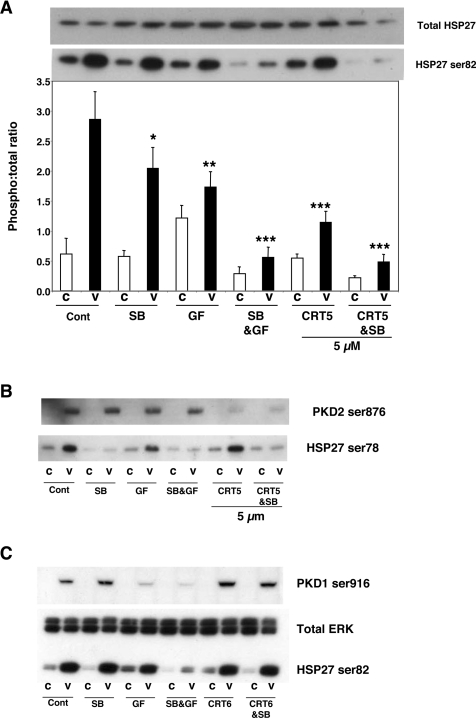Figure 2. Effect of CRT5 on HSP27 phosphorylation.
(A) Confluent HUVECs were pre-incubated for 30 min with vehicle (Cont; 0.1% DMSO), 5 μM SB203580 (SB), 3 μM GF109203X (GF), 5 μM SB203580 plus 3 μM GF109203X (SB&GF) or 5 μM CRT5 with and without 5 μM SB203580 (CRT5&SB and CRT5 respectively) as indicated. This was followed by 10 min stimulation with vehicle (C) or 25 ng/ml VEGF (V). Cell lysates were immunoblotted and probed with antibodies against total and phosphorylated HSP27 (Ser82). Results from four independent experiments were quantified by scanning densitometry and are presented as a ratio of HSP27 phosphorylation corrected for total HSP27 (means±S.E.M., arbitrary units). A representative blot corresponding to the quantified results is shown above the histogram. Two-way ANOVA indicated significant treatment, inhibitor and treatment–inhibitor interaction effects (P<0.005). Significant differences of interest between treatments and inhibitors are indicated on the histogram: *P<0.05, **P<0.01 and ***P<0.001 compared with VEGF alone as determined by Bonferroni's post hoc test. (B) HUVECs treated as detailed in (A) were immunoblotted and probed with antibodies against phospho-HSP27 (Ser78) and phospho-PKD2 (Ser876). (C) Confluent HUVECs were pre-incubated for 30 min with vehicle (Cont), 5 μM SB203580 (SB), 3 μM GF109203X (GF), 5 μM SB203580 plus 3 μM GF109203X (SB&GF) or 5 μM CRT6 with and without 5 μM SB203580 (CRT6&SB and CRT6 respectively) followed by 10 min treatment with vehicle (C) or 25 ng/ml VEGF (V). Cell lysates were immunoblotted and probed with antibodies against PKD phosphorylated at Ser916, HSP27 (Ser82) and total ERK as indicated.

